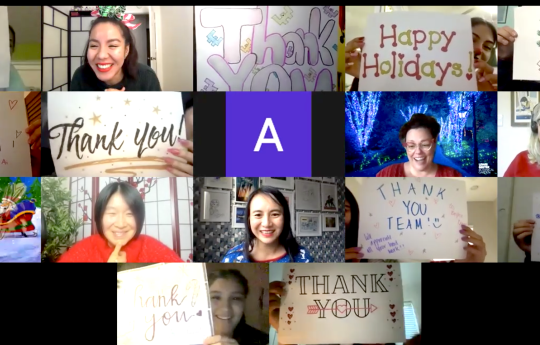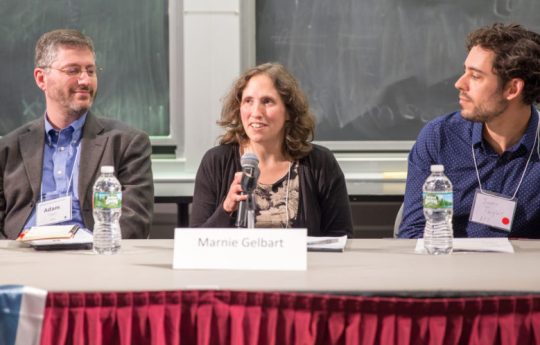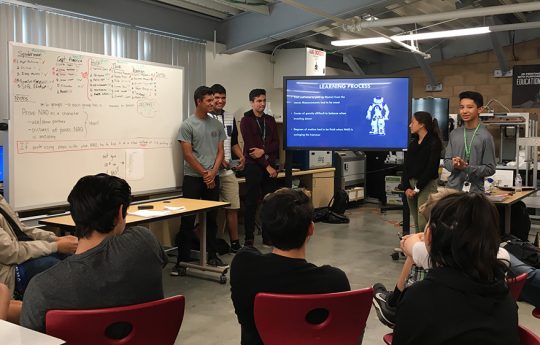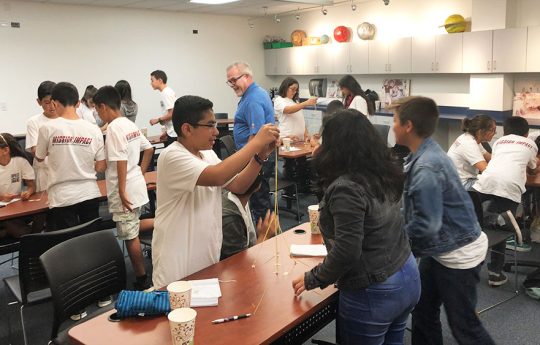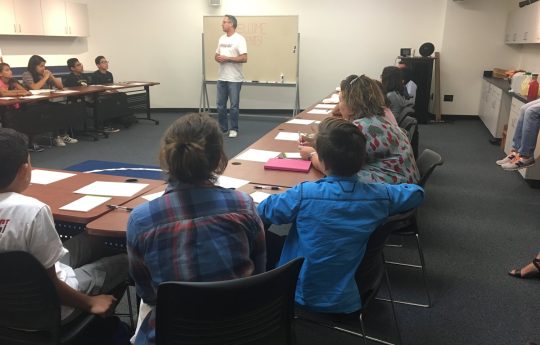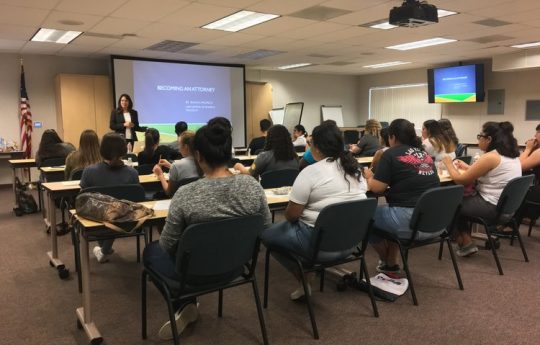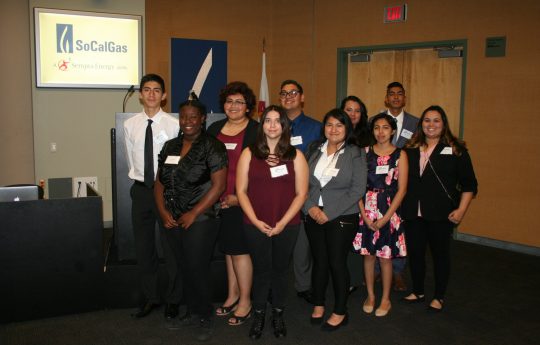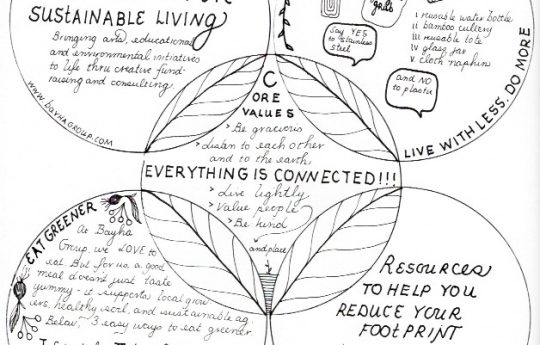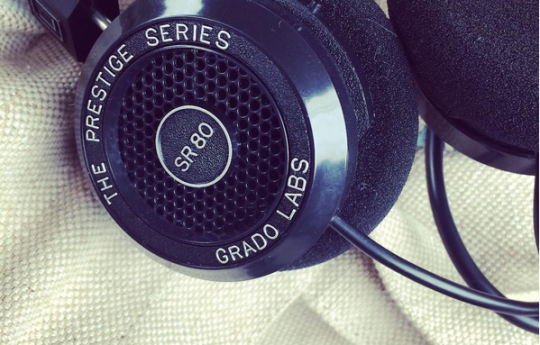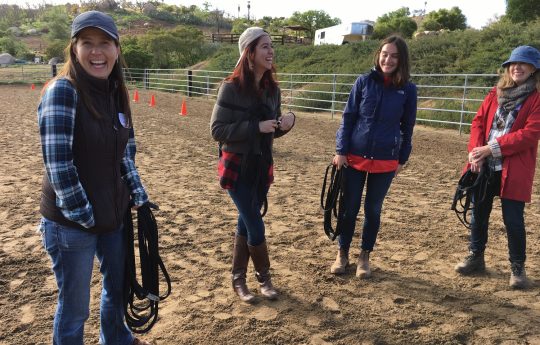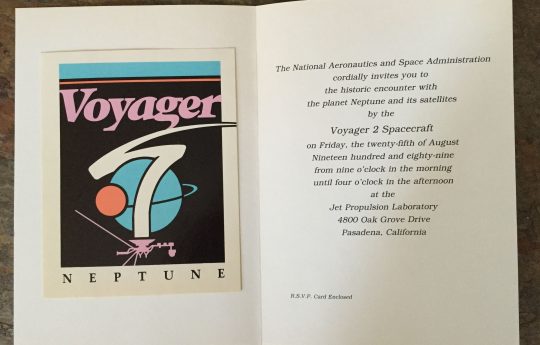By June Bayha
I’ve been involved in grant writing for many years now, and while I’ve certainly honed my craft and garnered millions of dollars of grant funding for my clients along the way, it wasn’t always easy – especially in the beginning.
There are a lot of nuances to writing a persuasive and well-received grant proposal, and some of those nuances take a while to pick up. In my early days, I would have loved to have an experienced pro guiding me along the way, keeping me from making common mistakes and pointing me toward the most effective (and successful) proposal prose possible.
Are you new to grant writing and want to be as effective as possible? Let me be that guide. Here are the 10 things I wish someone had told me at the outset:
1. Read every word of the Request for Proposal (RFP) or Request for Application (RFA) over and over again
In the grant writing world, one quick read through of the guidelines won’t cut it. Take time to reread and highlight the requirements and points needed in each section of the proposal, as well as any other details regarding the funder’s preferences. Failing to meet the basic requirements of the RFP or RFA will likely count your application out from the start.
2. Carefully review the eligibility requirements: does your organization qualify to apply?
While it may be tempting to let your enthusiasm for the grant funding opportunity take hold, make sure you are, in fact, eligible to apply for the grant in question. If there’s any doubt, check out if there is a bidder’s conference or webinar where you can ask questions of the funder. Write down and ask your question(s) during these opportunities to get clarity before investing too much time in writing a proposal.
3. Pay close attention to all the rules for the grant proposal.
Do you have a high attention to detail? Because, well, you’ll need it. Every grant program is different, so go through the rules with a fine-toothed comb. There are often small, seemingly insignificant details that may disqualify your proposal if you fail to comply. The examples that I’ve seen include exceeding the number of allowed pages, using the wrong font size, setting your margin size too-small or too-wide, using the wrong paragraph spacing, paginating incorrectly, and failing to include a table of contents.
4. Check if letters of support or reference letters are required.
Not all grant programs require supporting letters, but many do. If yours does, consider writing a sample or draft letter to your contacts, so they have a better idea of what to include in their support letters on your behalf. People are busy, so make sure you give your referees as much notice as possible, and set reminders to follow-up if you haven’t received what you need in a timely manner. The more you guide them now, the more likely they’ll deliver a product that really works in your favor.
5. If possible, complete the budget and work plan before writing the narrative.
It sounds backward, but this will help you be more clear about exactly what you’re proposing and how much it will cost the funder, and ultimately, it makes writing the narrative a lot easier. The narrative, work plan and budget all need to support and validate one another and the numbers need to match, so do all three in tandem and up front.
6. Use the text from the RFP to create a grant proposal outline.
When you’re ready to start writing, copy the actual text from the RFP including all of the required sections and point distribution. You want this information to be readily available as you write so that you may completely address what the funder is requesting or looking for. Use it as a sort of outline as you go about writing your proposal. Only delete a point or requirement after you know you have fully addressed it – in the right place, at the right time – in your proposal.
7. Remember, there are scoring rubrics and real people reading your funding proposal.
You can bet those people are going to read your application quickly and with that scoring rubric right alongside. Try to make their job as easy as possible by labeling sections that match the RFP and directly answering or addressing what’s requested. Don’t make the reader scour your document for information – at least not if you want your proposal to be seriously considered.
8. Ensure the people who need to sign off on the grant proposal are available well in advance of the deadline.
There’s nothing worse than scrambling for approvals and signatures on the day of the due date, so meet with your team early and often throughout the grant writing process. Always fill out all of the required forms and take note of the people who need to read, approve and sign off the proposal application. Set aside time in their calendar to meet, discuss the proposal and get approvals weeks in advance, if possible.
9. Assume all grant proposal deadlines are non-negotiable.
This one’s black and white. If the guidelines say the proposal is due at 5 p.m. EST on December 15, it is. If your proposal arrives at 5:01 p.m., it’s late and will not be reviewed. Assume there is no wiggle room and submit your grant application early.
10. Grants are a great way to get other people to pay for what you or your organization want to do.
But remember, they don’t have to fund your project. Be persuasive, tell them precisely how you’ll use their funds, and follow their instructions to the letter. Make them want to give you that grant – and be glad they did.
The best way to ensure your organization gets the funding it needs is to seek help from a professional grant writing team. Contact us today to learn more about our grant writing services and how we can help.





